Every Cloud Has a Silver-Iodide Lining
Santa Barbara County to Spend $370K on Cloud-Seeding Program to Maximize Rainfall over Next Three Months
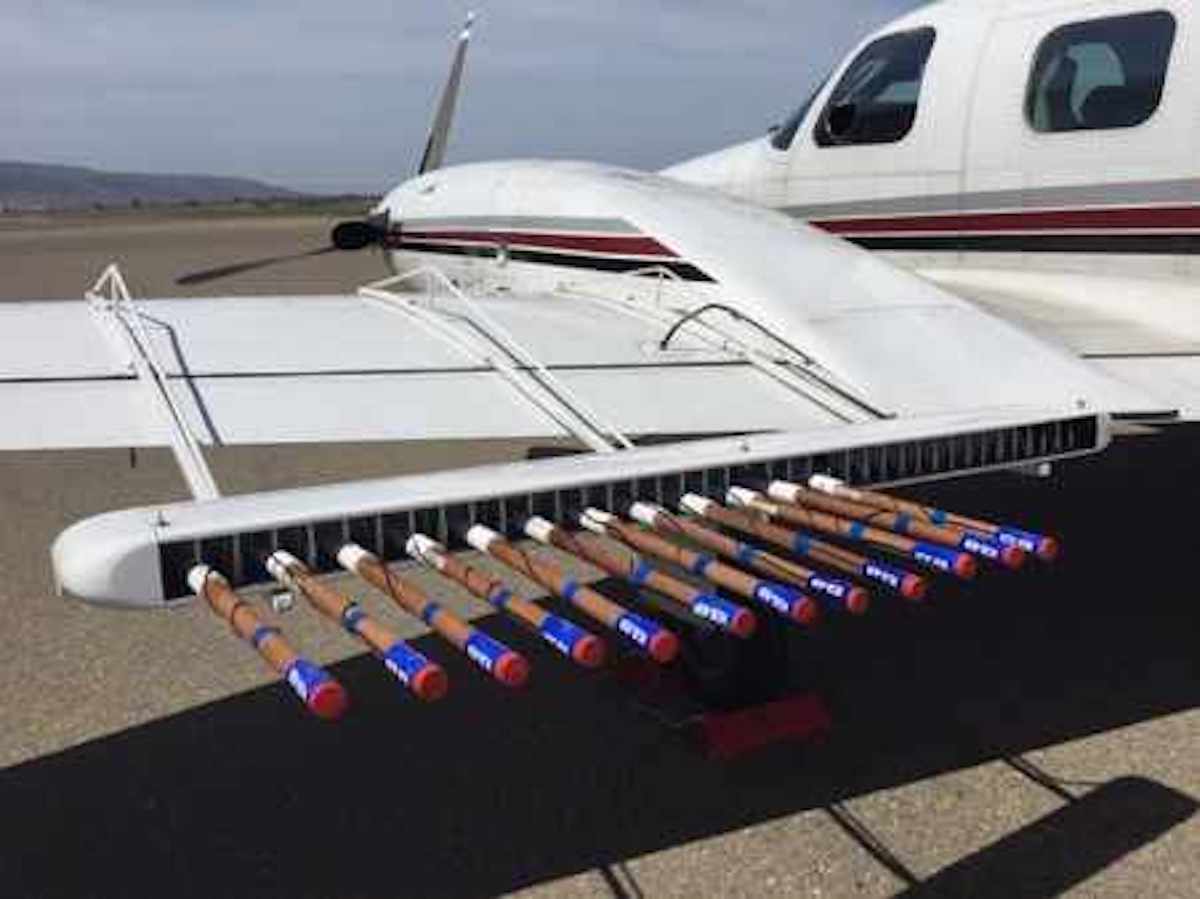
With most of California now entering the fourth year of drought and the state’s major reservoirs starting to display bathtub rings where water used to be, the Santa Barbara County Board of Supervisors voted to spend $370,000 to dope passing rain clouds with silver iodide to better get every drop of rain possible.
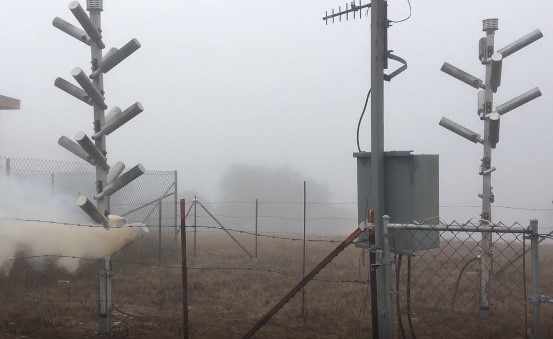
Cloud seeding, as it is known, dates back to 1950 in Santa Barbara, but the county’s Water Agency has been involved in the program since 1981. The money will go to a private contractor — North American Weather Consultants — which in turn will launch the silver iodide into fertile cloud formations over the next three months either by dropping it out of airplanes or launching flares from ground-based locations. Of the two methods, the latter is the least risky and simplest to do.
The trick, according to Matt Scrudato of the County Water Agency, is to impregnate clouds already laden with potential rain. Cloud seeding, he stressed, can’t create rain where it wouldn’t otherwise fall. Instead, he explained, it increases the amount that manages to drop to the ground.
Last year, cloud seeding took place during nine days during the wet season. In that time, 82 flares carrying 1,312 grams of silver iodide were launched.
The silver iodide, Scrudato said, creates a heavier nucleus around which rain crystals can adhere. With that additional weight, he said, the likelihood of rain making the descent to the ground — as opposed to hovering in the atmosphere in a semi-vaporous state — increases.
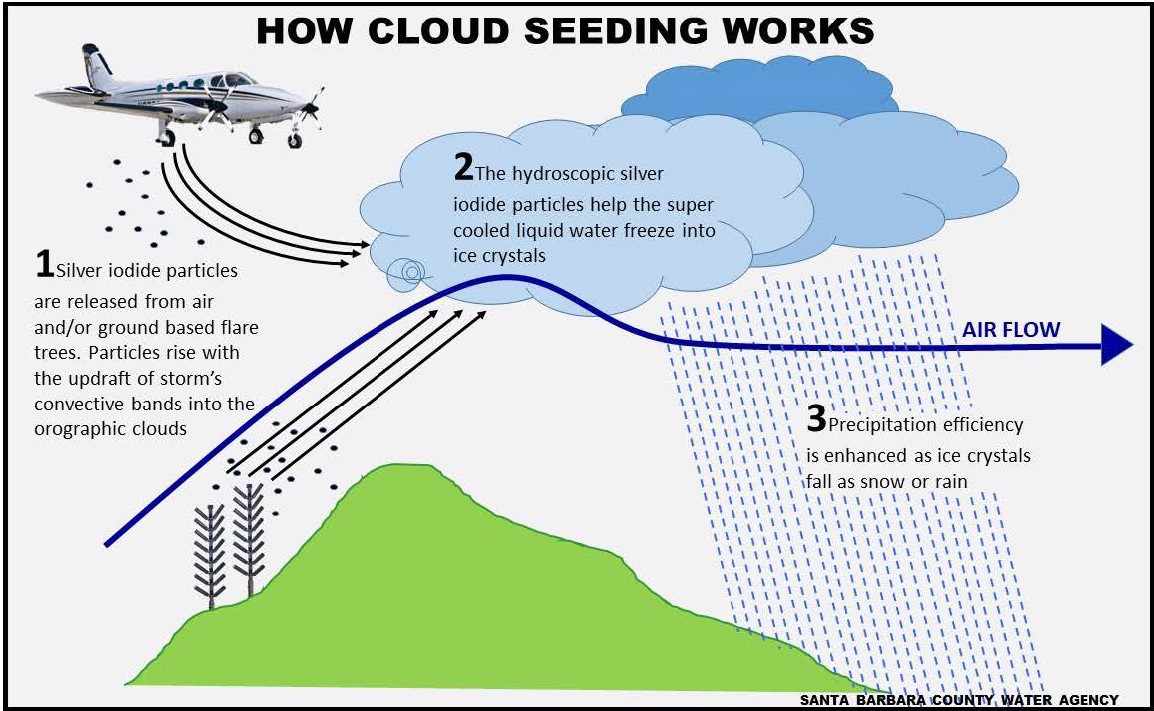
North American Weather will be targeting two watersheds — one in the Santa Ynez Valley upslope from Lake Cachuma, Jamison Lake, and the Gibraltar Reservoir, and the other upslope from Twitchell Reservoir.
Scrudato said Santa Barbara’s experience with cloud seeding is among the most studied and scrutinized in the world. Based on that research, he said, it’s believed cloud seeding has yielded a 20 percent greater rain deposit in the Santa Ynez watershed than what would have otherwise occurred. Above Twitchell, it’s provided a bump of 9 percent.
Timing, of course, is everything, Scrudato said. If the rivers are swollen and reservoirs full, cloud seeding is not advised. The same goes for immediately after a fire, when the risk of additional flow could carry the charred remains of a recent fire into the reservoirs — or worse yet, contribute to debris flows or erosion.
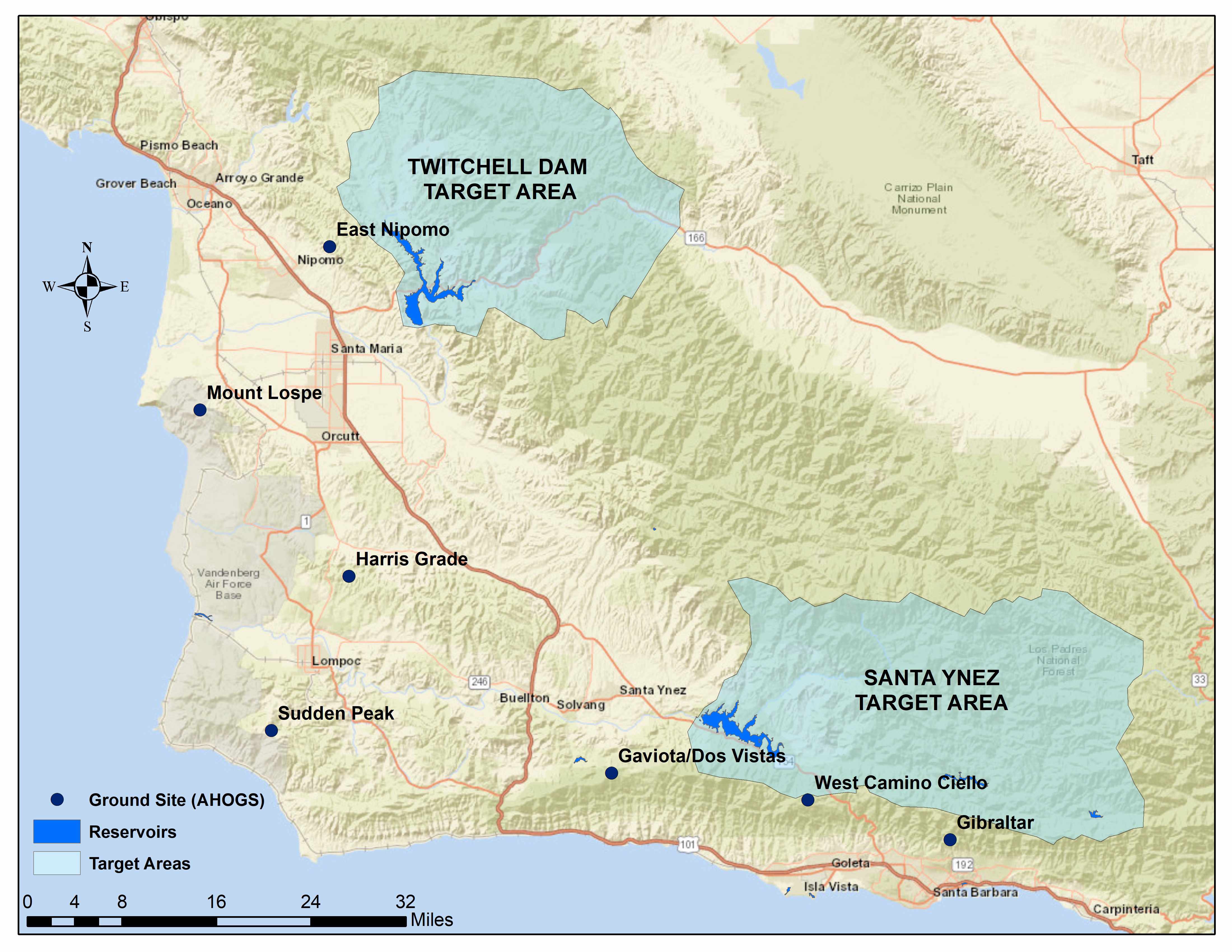
Support the Santa Barbara Independent through a long-term or a single contribution.



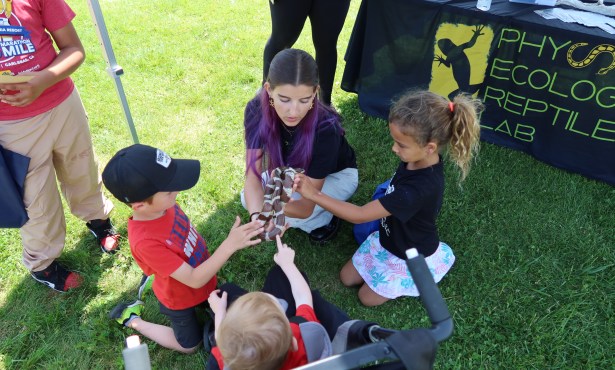
You must be logged in to post a comment.